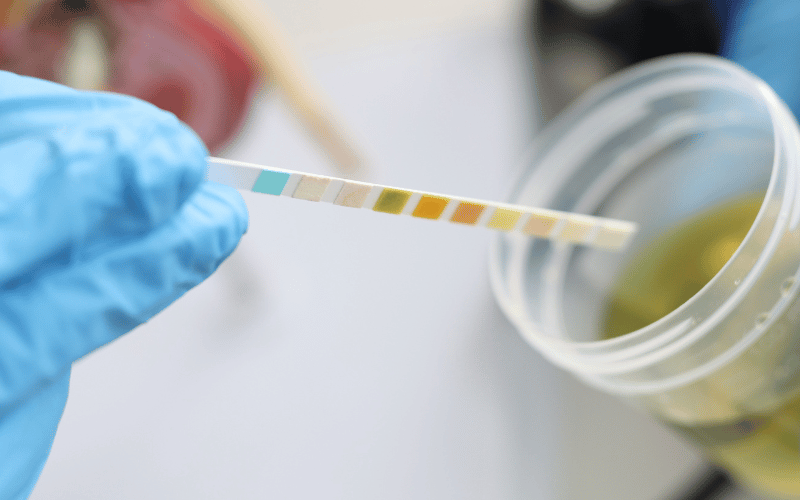5. Protein in the Urine: A Hidden Indicator

Proteinuria, or the presence of an excess amount of protein in the urine, is a key indicator of diabetic nephropathy. Under normal circumstances, the kidneys filter waste but retain essential proteins in the body. However, when the kidneys are damaged, they may allow proteins to pass through, leading to proteinuria.
In the initial stages, proteinuria might not cause any noticeable symptoms. Often, it’s detected through routine urine tests conducted during medical check-ups. However, as the condition progresses, individuals might observe a frothy or bubbly appearance in their urine, signaling a high concentration of protein.
Proteinuria is a significant concern as it not only indicates kidney damage but can also lead to further complications. For instance, excessive protein loss can result in a low level of protein in the blood, contributing to swelling in other parts of the body, such as the hands and face.
Managing proteinuria involves addressing the underlying diabetic nephropathy. This might include medication to control blood sugar levels, blood pressure, and cholesterol, along with lifestyle modifications. Early detection and management of proteinuria can play a crucial role in preserving kidney function and preventing further damage. (5)